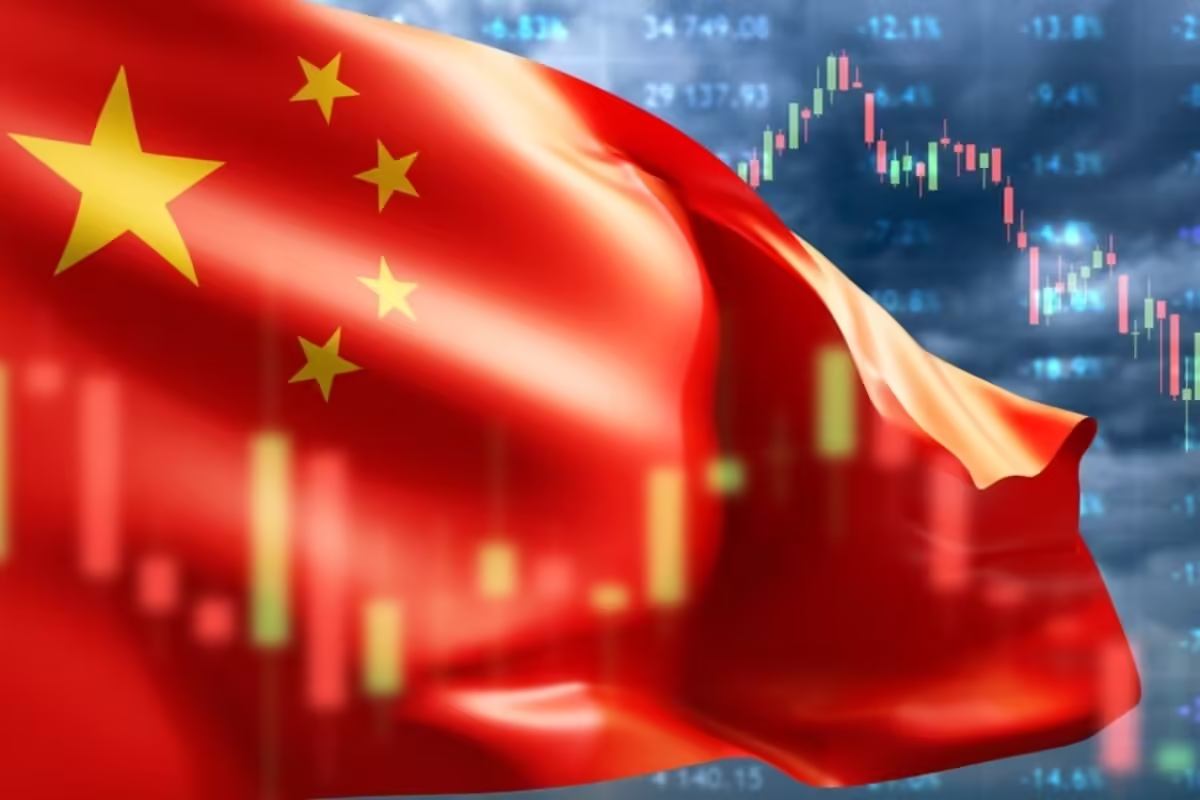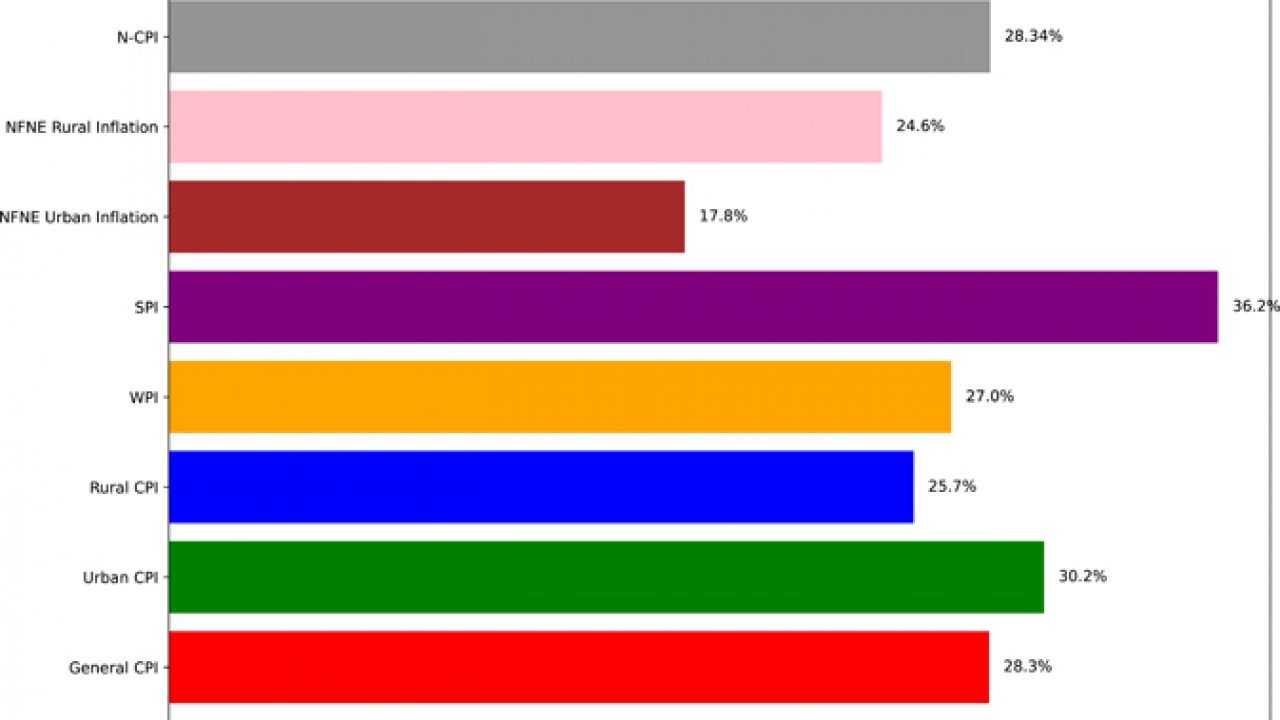China’s recent stimulus plans aim to bolster consumer spending to achieve its 2024 growth target, marking a departure from a decades-old policy approach. However, transitioning household demand into a sustainable driver of growth—rather than reliance on investment—poses significant challenges.
According to Reuters, Beijing plans to issue sovereign bonds worth approximately 2 trillion yuan ($284 billion) this year, partly to subsidize consumer goods purchases and child support, effectively transferring funds to households. This strategy reflects a shift towards stimulating consumption, a direction many economists have urged Beijing to adopt for over a decade. They warn that without such a transition, China risks entering a prolonged period of low growth similar to Japan’s stagnation in the 1990s.
“It’s monumental—a landmark event that the policy mindset has reversed,” remarked Tianchen Xu, an economist at the Economist Intelligence Unit.
Tensions in Economic Models
The tension lies within an economic model that has relied heavily on investment in property, infrastructure, and industry, often at the expense of consumer welfare. This model has led to significant overcapacity in infrastructure and manufacturing, along with a staggering and unsustainable debt surge since the global financial crisis, as investment returns diminish.
While this year’s consumer-focused efforts may be sufficient to lift China’s 2024 growth back to around 5%, following disappointing data in recent months, they do not fundamentally alter the long-term economic outlook. Currently, household spending accounts for less than 40% of annual economic output—about 20 percentage points below the global average—while investment exceeds the average by 20 points.
Closing this gap will be a gradual process. Historical data indicates that Japan took 17 years to increase consumption’s share of its economic output by 10 percentage points from its lowest point in 1991, according to Michael Pettis, a senior fellow at Carnegie China. He asserts that the recent fiscal measures are not indicative of genuine structural rebalancing.
Structural Challenges and Policy Revisions
China’s existing socioeconomic policy framework is designed to support investment rather than consumption. For years, households have faced challenges, including low deposit rates, weak labor rights, insufficient land rights for farmers, and a fragile social safety net. Additionally, the tax system incentivizes high investment and low wages, with capital gains taxed at a lower rate than in other countries and a steep upper personal income tax band.
To truly empower consumers, analysts believe a significant coordinated effort from authorities over many years is necessary. Yet, this comes with inherent risks.
Juan Orts, a China economist at Fathom Consulting, suggests that properly rebalancing the economy would require halting subsidies for manufacturing funded by households. He warns that such a shift could shrink the manufacturing sector, leading to a significant drop in investment and potential recession. Orts predicts that China may experience a prolonged rebalancing period, raising the specter of “Japanification.”
To fund this year’s fiscal initiatives, Beijing is likely to issue more debt instead of altering the distribution of income among businesses, government, and households. According to Pettis, while the central government can likely support fiscal transfers for a few more years, failure to transform the growth model could lead to increasing imbalances. This scenario risks leaving China with unresolved issues in the future, compounded by a weakened central-government balance sheet that would struggle to manage potential disruptions.



